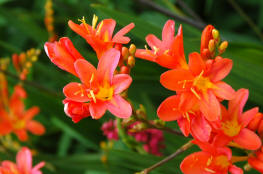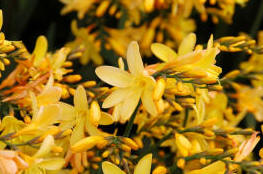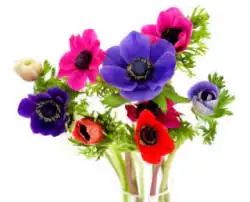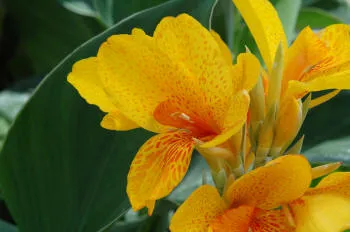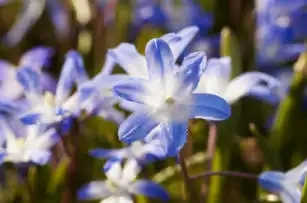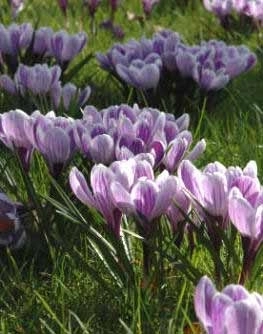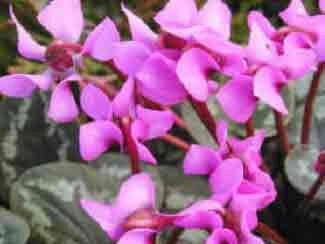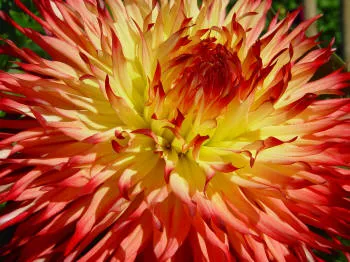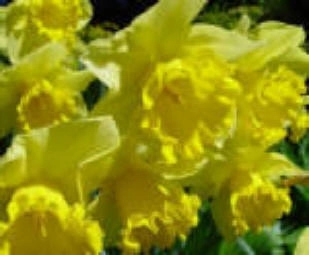Crocosmia - or Montbretia as once were - are probably not as popular as they should be, because of the huge clumps of untidy foliage that is often to be seen in gardens old and new. If grown properly, and cared for, then the Crocosmia are a welcome display of colour in the herbaceous or other borders, from late summer through till the last days of autumn.
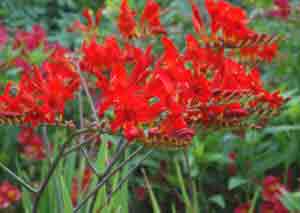
Crocosmia Lucifer
Crocosmia grow from corms - though often referred to a Crocosmia bulbs - and have the classical corm habit of producing a new corm - for the next year on top of the current corm which dies off.
The flower colour of Crocosmia bulbs ranges from light yellow - cream almost - through to the deepest red. Foliage is in varying shades of green, with bronze foliage on a few varieties.
The flowers are clustered on top of stems held above the lance-shaped grass-like foliage - sometimes mingling with that foliage. Flowers are normally horn or funnel shaped with a good succession of new flowers following the faded individual flowers. The stems of flowers make for good cut-flowers and are a good addition to the indoor cut-flower display. Gardeners, be aware that the flowers are sought after by flower arrangers!
Foliage dies off in the Autumn with straw colours and is not unattractive in the autumn/winter garden. The dense foliage clumps of the crocosmia bulbs - corms- makes for good ground cover, with little else being allowed to grow under it.
